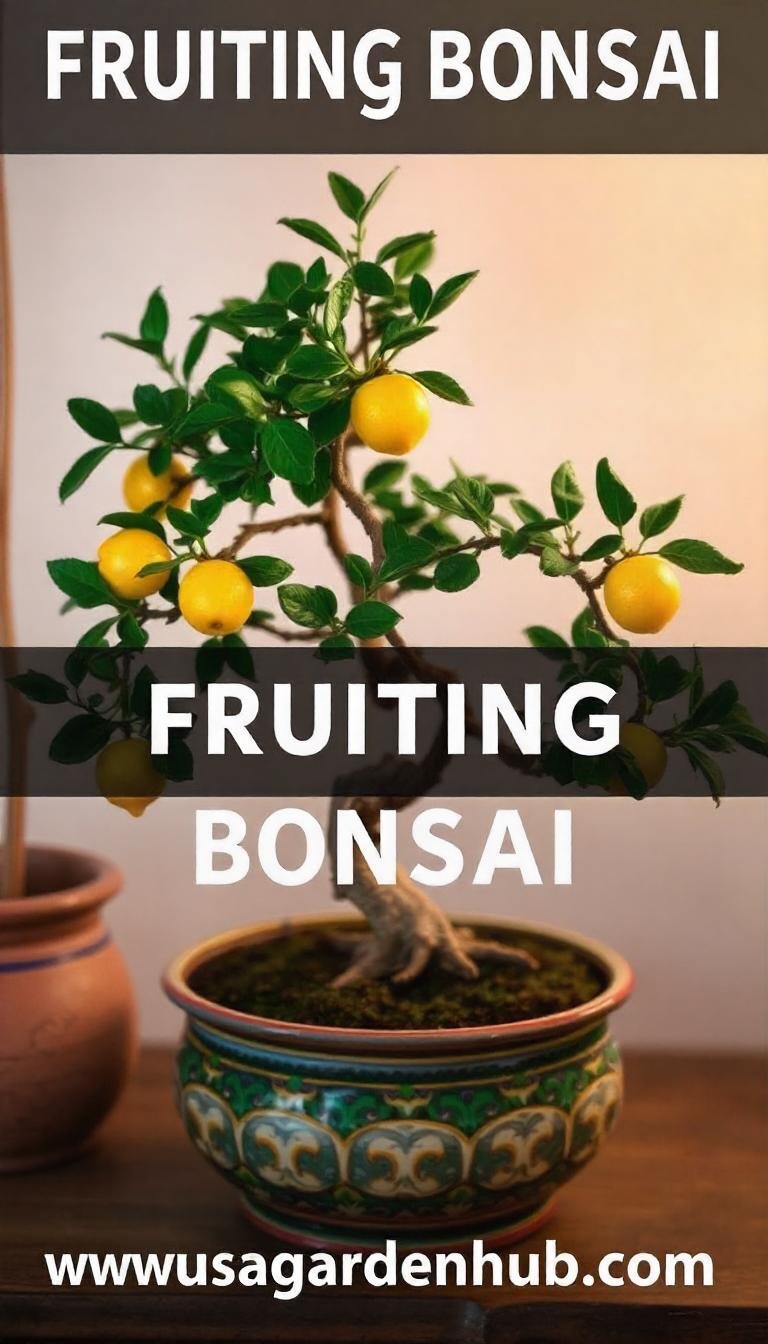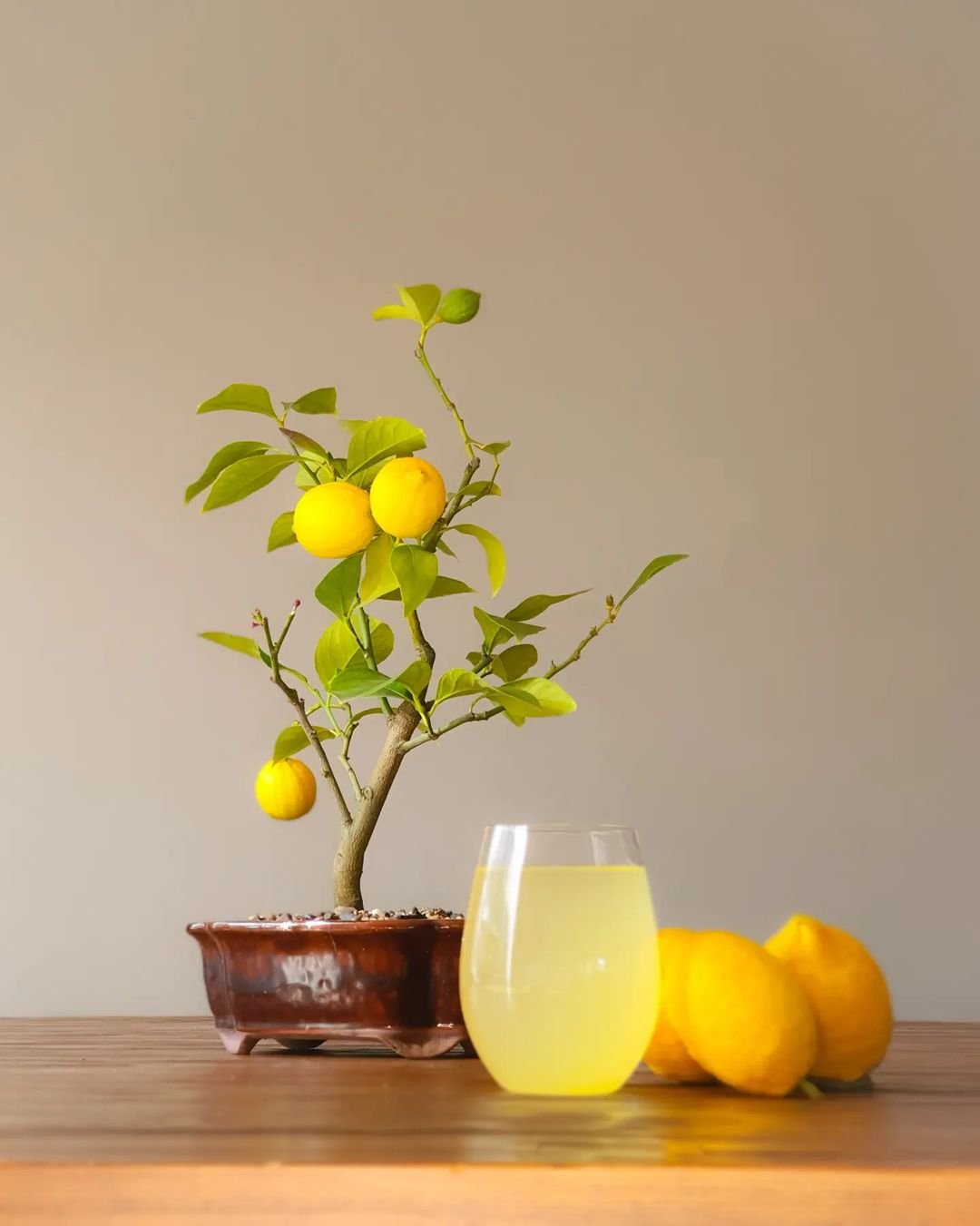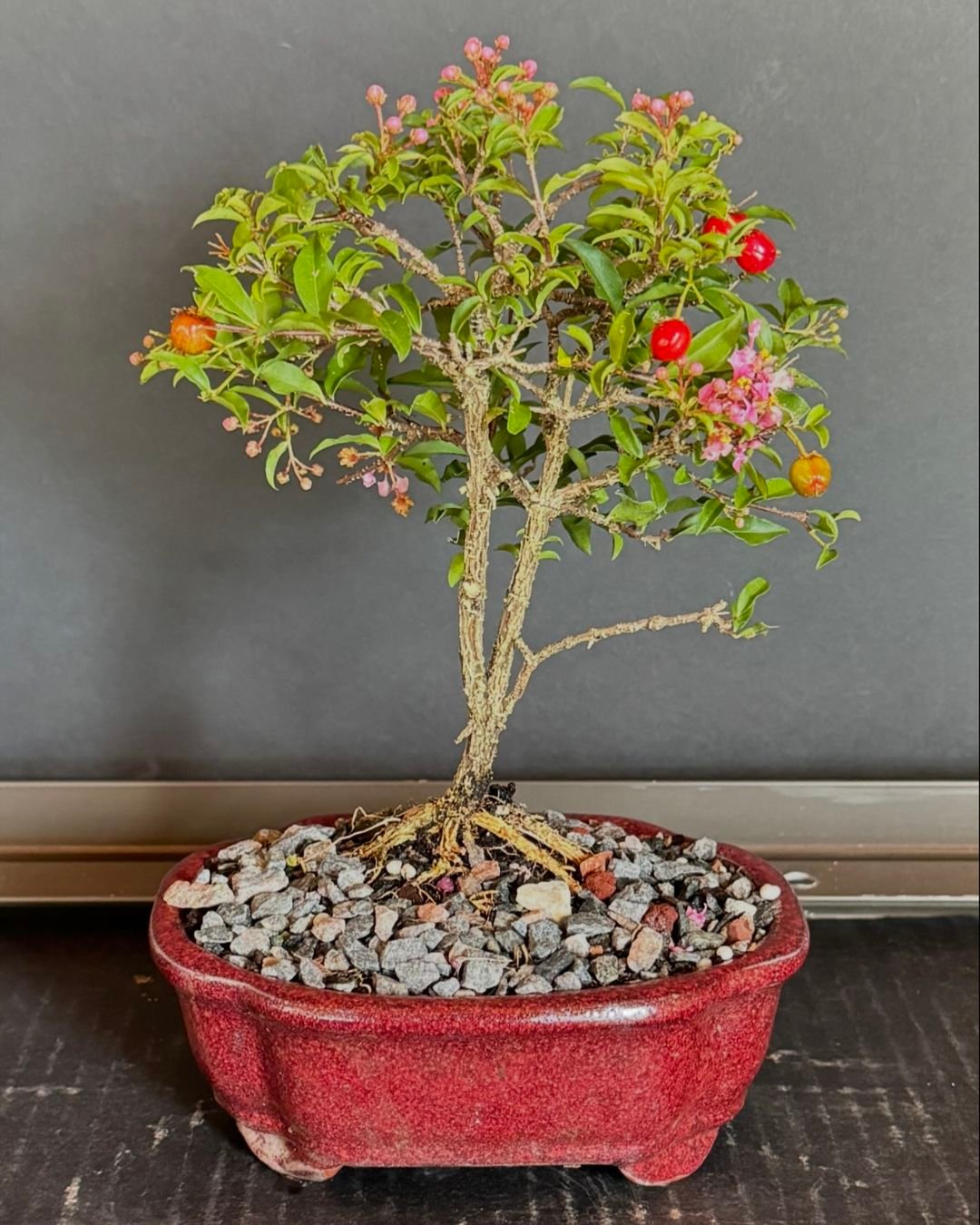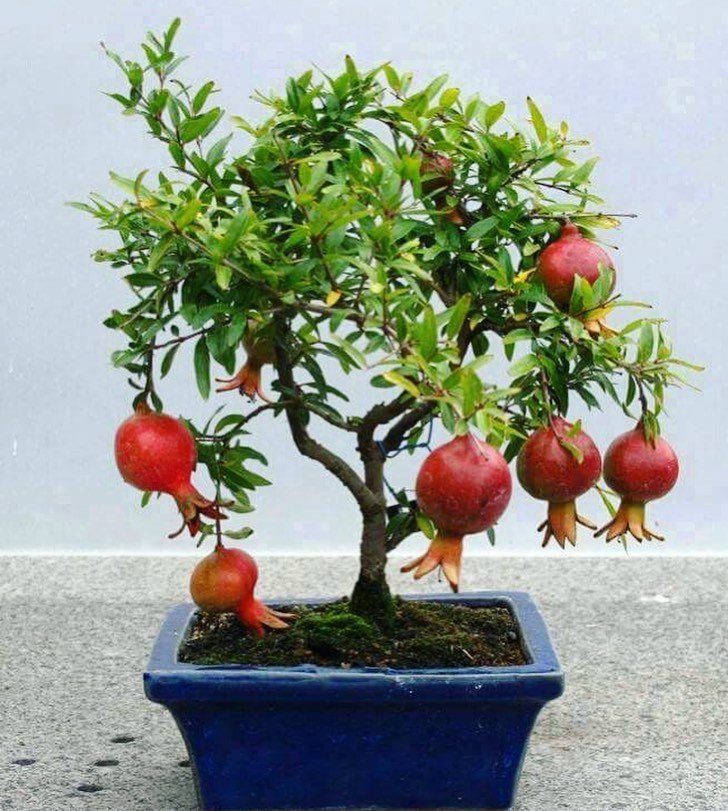Discover the art of fruiting bonsai in our 2024 guide. Learn to grow miniature fruit trees, from citrus to apples. Expert tips on care, pruning and advanced techniques for your tiny orchard.
Fruiting bonsai trees are a captivating blend of horticultural artistry and practical gardening, offering the beauty of traditional bonsai with the added delight of edible fruits. These miniature fruit-bearing trees bring the orchard to your windowsill, balcony, or small garden space, allowing you to cultivate and harvest fruit in the most space-efficient way possible. This comprehensive guide explores the fascinating world of fruiting bonsai, offering expert insights on selection, care, and cultivation techniques.
As a bonsai master with over 25 years of experience in cultivating both ornamental and fruiting bonsai, I’m thrilled to share my knowledge on these remarkable miniature fruit trees. Let’s delve into the world of fruiting bonsai and discover how you can grow your own tiny orchard!
Why Choose Fruiting Bonsai?

Fruiting bonsai offer numerous benefits to gardeners and plant enthusiasts:
- Space-efficient fruit production
- Aesthetic beauty of traditional bonsai
- Educational opportunity to learn about fruit tree life cycles
- Unique conversation pieces for home or office
- Potential for year-round indoor fruit production
Now, let’s explore the various aspects of fruiting bonsai cultivation that will help you succeed in this rewarding hobby.
Popular Fruiting Bonsai Species
1. Citrus Bonsai

Species: Various (e.g., Calamondin, Meyer Lemon, Kumquat) Difficulty Level: Moderate
Citrus bonsai are among the most popular fruiting bonsai due to their fragrant flowers and colorful fruits.
2024 Trend: New dwarf citrus varieties specifically bred for bonsai cultivation are emerging.
Care Tip: Provide ample sunlight and protect from cold drafts.
2. Apple Bonsai

Species: Malus domestica (various cultivars) Difficulty Level: Moderate to challenging
Apple bonsai offer beautiful spring blossoms and the opportunity to grow miniature apples.
2024 Update: Advances in grafting techniques are making it easier to maintain dwarf apple varieties as bonsai.
Care Tip: Regular pruning is crucial to maintain shape and encourage fruit production.
3. Cherry Bonsai

Species: Prunus spp. (various) Difficulty Level: Moderate
Cherry bonsai are prized for their stunning spring blossoms and potential for small fruit.
2024 Insight: New research is focusing on developing cherry varieties with extended blooming periods.
Care Tip: Provide a period of winter dormancy for best flowering and fruiting.
4. Fig Bonsai

Species: Ficus carica Difficulty Level: Easy to moderate
Fig bonsai are relatively easy to grow and can produce edible fruits even at a small size.
2024 Trend: Indoor fig bonsai are gaining popularity due to their adaptability to home environments.
Care Tip: Allow the soil to dry slightly between waterings to prevent root rot.
5. Pomegranate Bonsai

Species: Punica granatum Difficulty Level: Easy to moderate
Pomegranate bonsai offer attractive flowers and distinctive fruits.
2024 Innovation: New compact varieties with softer seeds are being developed for bonsai cultivation.
Care Tip: Provide full sun and prune after fruiting to maintain shape.
Essential Techniques for Fruiting Bonsai
1. Pruning and Training
Pruning is crucial for maintaining the shape of your bonsai and encouraging fruit production. For fruiting bonsai, it’s essential to balance aesthetic pruning with fruit-bearing branch preservation.
2024 Technique: Precision pruning tools with adjustable angles are becoming popular for more accurate shaping.
Tip: Prune after fruiting to avoid removing potential fruit-bearing branches.
2. Root Pruning and Repotting
Regular root pruning and repotting are necessary to keep your fruiting bonsai healthy and productive.
2024 Update: New slow-release bonsai-specific fertilizers are extending the time between repotting sessions.
Tip: Repot every 2-3 years, or when the tree becomes root-bound.
3. Fertilizing
Proper nutrition is crucial for fruiting bonsai to produce healthy foliage and fruits.
2024 Innovation: Customized fertilizer blends for specific fruiting bonsai species are becoming available.
Tip: Use a balanced fertilizer during growth periods and switch to a high-potassium fertilizer during fruit development.
4. Pest and Disease Management
Fruiting bonsai can be susceptible to various pests and diseases, requiring vigilant monitoring and management.
2024 Trend: Biocontrol methods using beneficial insects are gaining popularity in bonsai pest management.
Tip: Regularly inspect your bonsai for signs of pests or disease, and treat promptly if issues are found.
5. Pollination
Some fruiting bonsai may require hand pollination to produce fruit, especially when grown indoors.
2024 Research: Studies on self-fertile bonsai varieties are advancing, potentially simplifying fruit production for indoor growers.
Tip: Use a small brush to transfer pollen between flowers for species that require cross-pollination.
Advanced Techniques for Fruiting Bonsai
1. Grafting
Grafting allows you to combine the rootstock of a sturdy tree with the scion of a desirable fruiting variety.
2024 Update: New grafting tapes and sealants are improving success rates for bonsai grafting.
Tip: Practice grafting techniques on non-bonsai specimens before attempting on your prized trees.
2. Defoliation
Selective defoliation can help reduce leaf size and encourage denser branching in some species.
2024 Insight: Research is showing that targeted partial defoliation can increase fruit yield in certain bonsai species.
Tip: Only defoliate healthy, vigorous trees, and avoid defoliating the same tree two years in a row.
3. Fruit Thinning
Removing some developing fruits can help the tree focus energy on producing fewer, but higher-quality fruits.
2024 Trend: Bonsai exhibitions are placing increased emphasis on the quality and proportion of fruits in judging criteria.
Tip: Thin fruits when they are still small, leaving only a few well-spaced specimens to develop fully.
Challenges and Solutions in Fruiting Bonsai Cultivation
1. Space Limitations
Challenge: Ensuring adequate light and air circulation in small spaces. Solution: Use grow lights and small fans to create an optimal microclimate for your bonsai.
2. Fruit Size vs. Tree Size
Challenge: Maintaining proportion between the size of the fruit and the overall tree. Solution: Choose naturally small-fruited varieties or practice fruit thinning to maintain aesthetic balance.
3. Indoor Pollination
Challenge: Lack of natural pollinators for indoor bonsai. Solution: Hand-pollinate flowers or use self-fertile varieties when possible.
4. Winter Protection
Challenge: Providing adequate winter protection for outdoor fruiting bonsai. Solution: Use cold frames, bury pots in the ground, or move trees to an unheated garage during extreme cold.
Nurturing Your Miniature Orchard
Cultivating fruiting bonsai trees offers a unique blend of artistic expression and horticultural challenge. By applying the techniques and insights shared in this guide, you can create stunning miniature fruit trees that not only beautify your space but also provide the joy of homegrown fruit.
Remember, successful fruiting bonsai cultivation requires patience, attention to detail, and a willingness to learn and adapt. Each tree is unique, and part of the joy of this hobby is discovering what works best for your individual specimens.
For more information on bonsai cultivation and specific fruit tree care, visit resources like the American Bonsai Society or Bonsai Empire. Happy bonsai growing, and may your miniature orchard thrive and bear fruit for years to come!